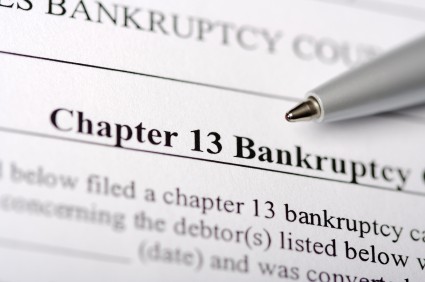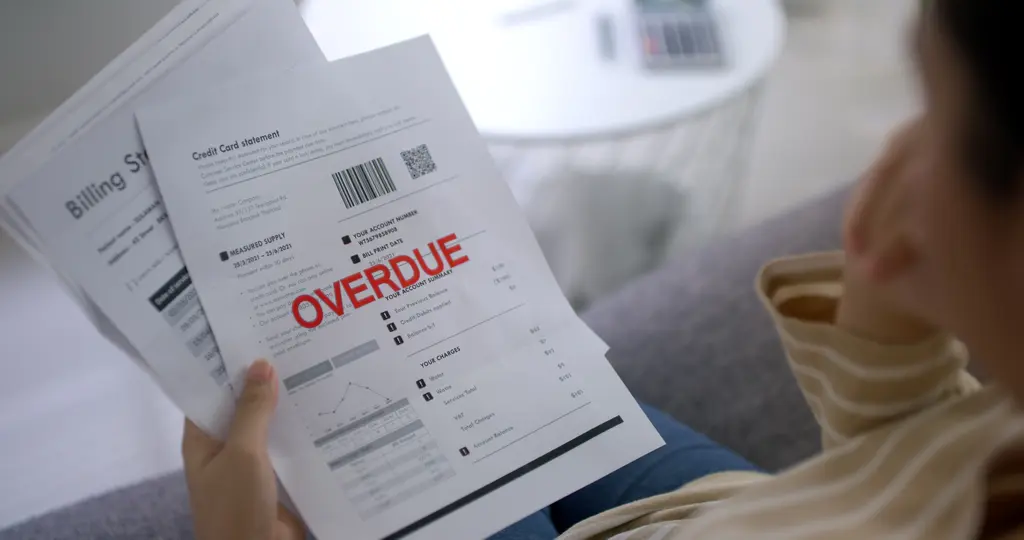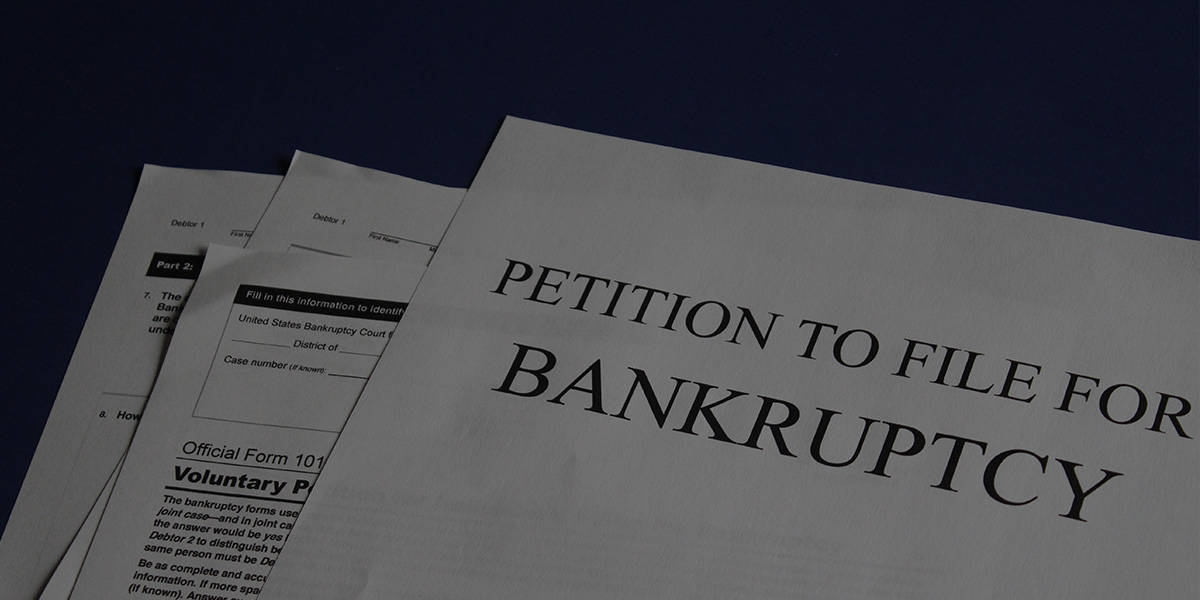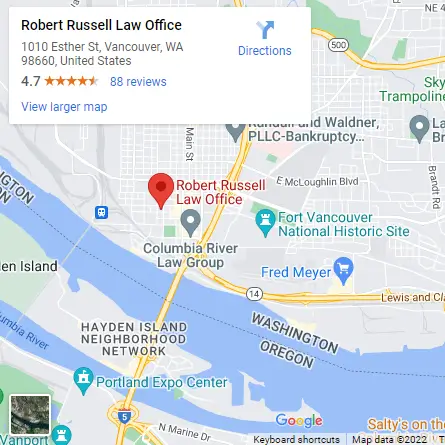 Until recently, Chapter 13 debtors in the Ninth Circuit (which includes Washington and Oregon) could propose a plan shorter than the otherwise required 60 months if their income is above median, but zero or less “disposable monthly income” (“DMI”) on the Means Test. The easiest way to describe “the way it was” is that, in general, such a debtor’s plan did not have to provide any distribution to general unsecured creditors, e.g., credit cards, medical bills, bad checks, personal loans, or balance due on repossessed cars. For example, such a debtor could propose a 10-month plan as long as such a plan would pay administrative expenses (trustee/attorney/filing fees), priority unsecured claims (taxes, back support, etc.) and certain secured debts (debt on a car that was being kept, mortgage arrears on a home being kept, etc.) So, if a debtor had a 10-month plan to pay attorney fees and a car, then a 10-month plan was just fine – and zero got paid to everyone else. But, that has changed.
Until recently, Chapter 13 debtors in the Ninth Circuit (which includes Washington and Oregon) could propose a plan shorter than the otherwise required 60 months if their income is above median, but zero or less “disposable monthly income” (“DMI”) on the Means Test. The easiest way to describe “the way it was” is that, in general, such a debtor’s plan did not have to provide any distribution to general unsecured creditors, e.g., credit cards, medical bills, bad checks, personal loans, or balance due on repossessed cars. For example, such a debtor could propose a 10-month plan as long as such a plan would pay administrative expenses (trustee/attorney/filing fees), priority unsecured claims (taxes, back support, etc.) and certain secured debts (debt on a car that was being kept, mortgage arrears on a home being kept, etc.) So, if a debtor had a 10-month plan to pay attorney fees and a car, then a 10-month plan was just fine – and zero got paid to everyone else. But, that has changed.
Flores Overrules Kagenveama
On August 29, 2013, the Ninth Circuit Court of Appeals, sitting en banc, overruled In re Kagenveama, the case that allowed plans of less than 60 months if an above-median debtor has zero or less “disposable monthly income” on the Means Test. The Kagenveama decision held that the Bankruptcy Code does not require a minimum plan duration ( “applicable commitment period”) for such a debtor. See, In re Kagenveama, 541 F.3d 868 (9th Cir. 2008). The language of the Bankruptcy Code has not changed, but the Code’s interpretation has changed.
In re Flores is the Ninth Circuit decision that changed the interpretation of the Bankruptcy Code, specifically 11 USC § 1325(b)(4) (that creates “applicable commitment periods”) and section 1325(b)(1)(B) (that requires plan payments based on the debtor’s “disposable monthly income” for the “applicable commitment period”). Danielson v. Flores (In re Flores), ___ F.3d. ___, 2013 WL 4566428, No. 11-55452 (9th Cir. Aug. 29, 2013). In short, the Flores court held that a 60 month “applicable commitment period” was not contingent on the existence of positive “monthly disposable income”. As a result, a debtor with above-median income in the six month prior to filing, regardless of positive or negative “DMI”, must propose a 60-month plan. No more 10-month plans for debtors with zero or negative “DMI”.
Summary & Effect
A debtor with above-median income must propose a 60 month plan. As a result, above-median debtors that hoped for a less than 60-month plan must now focus on whether a delay in filing might allow their income for the six months prior to filing to drop below the median. If so, the delay in filing can change a plan from 60 months to 36 months. Sometimes that can mean thousands of dollars to a debtor post-bankruptcy to create a cushion to avoid future financial problems. [Note: Flores does not change the fact that no debtor ever has to pay more than a debtor owes, i.e., any plan can complete before the minimum duration if all creditors are paid in full in a shorter period.]
Free Initial Consultation
Setting up a Chapter 13 the right way can mean thousands of dollars to a debtor. I have provided legal services for more than 20 years and helped thousands of people with their financial issues. I am rated as “Superb” (10/10) by clients and attorneys for services provided. We are most proud of the fact that our client testimonials are glowing, given how we treat clients during this difficult time and the high quality of legal services we provide.
We offer a free consultation to review your options. Just contact us. You can even schedule an appointment online. In the meantime, please feel free to check out our exceptional testimonials, FAQ section, and useful links I have collected that might help you find answers to any other questions you might have.





